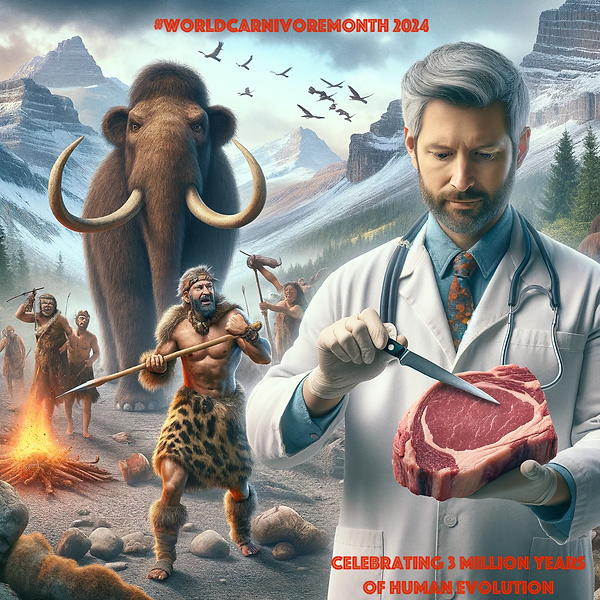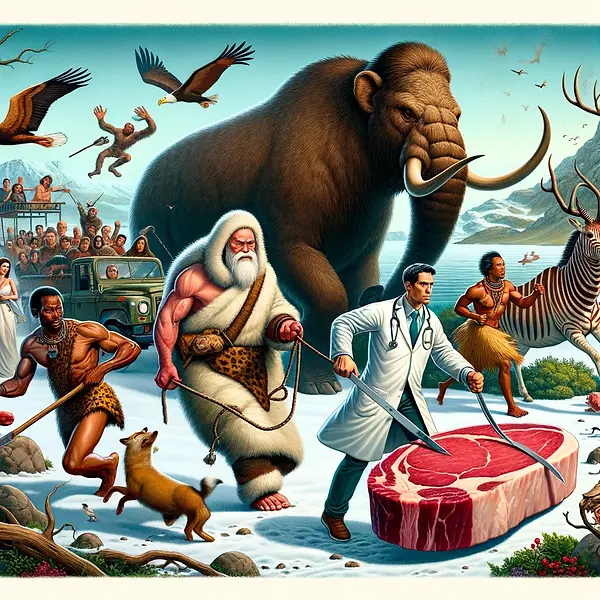


Title:
We also fit the typical carnivore pattern of adipocyte morphology, which means we have smaller and more numerous fat cells
Abstract:
Body mass and natural diet as determinants of the number and volume of adipocytes in eutherian mammals
Details
We also fit the typical carnivore pattern of adipocyte morphology, which means we have smaller and more numerous fat cells [25].
Abstract
Total dissection of a randomly collected sample of 202 adult and subadult eutherian mammals, combined with site-specific adipocyte volume determination, shows that the number of adipocytes in the body is proportional to (Body Mass)0.74 for predominantly carnivorous species and to (Body Mass)0.78 for mainly herbivorous, nonruminant mammals. Adipocyte expansion or shrinkage, not proliferation or depletion of adipocyte number, is the principal mechanism of adipose tissue enlargement and reduction. Therefore, the adipocytes of large mammals are larger than those of smaller specimens of similar dietary habits and fatness. We suggest that the presence of more numerous, smaller adipocytes in smaller mammals is related to their higher mass-specific metabolic rate. The adipose tissue of mammals with a predominantly carnivorous diet contains 4.6 times as many adipocytes as that of herbivorous nonruminants of similar body mass; but nonruminant herbivores are not necessarily fatter because the adipocytes of carnivorous mammals are proportionately smaller than those of nonruminant herbivores. We suggest that a carbohydrate-based energy metabolism is associated with fewer, relatively larger adipocytes and that when lipids and proteins form the major dietary energy source, adipose tissue consists of a greater number of smaller adipocytes.
Hypothesis:




